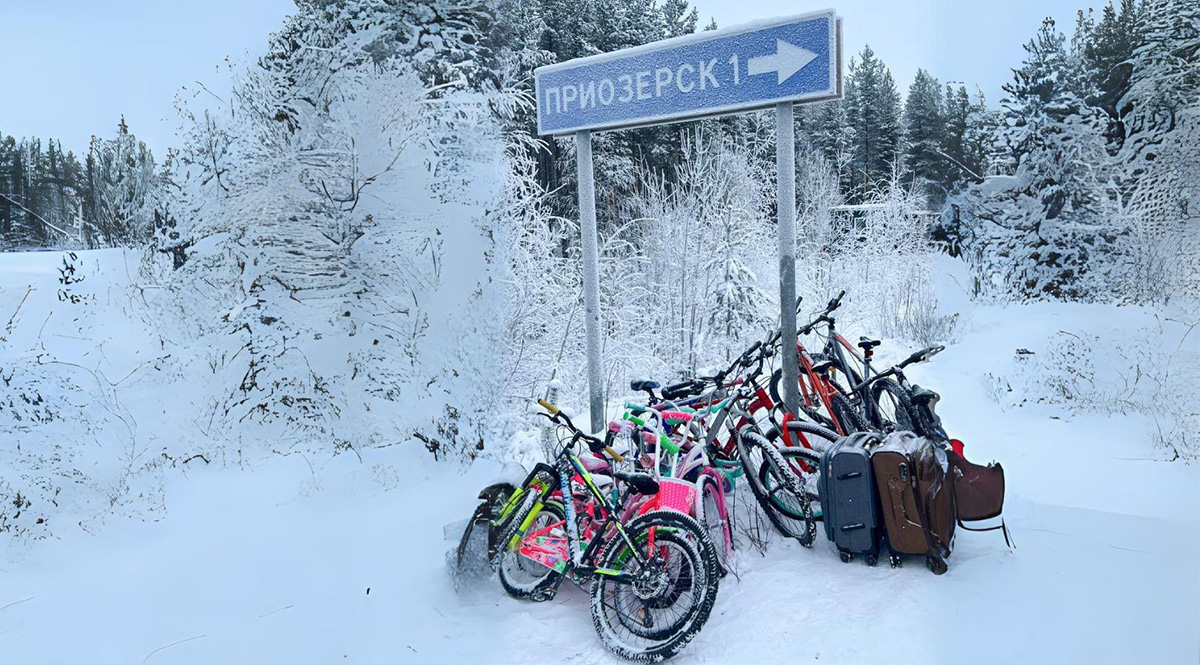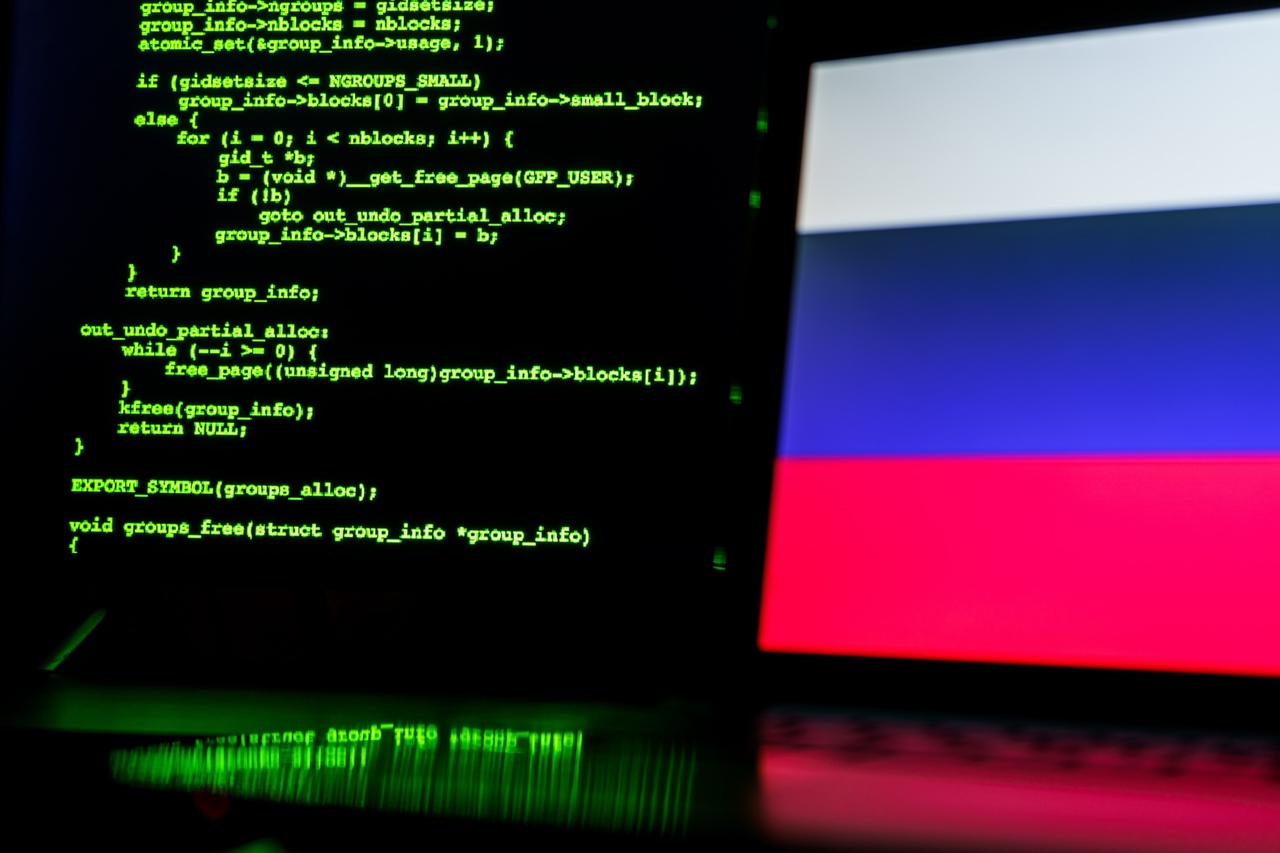NATO Countries Respond to Russia's Instrumentalisation of Migration
The use of migration as an instrument of influence will continue to be one of the most important types of hybrid action used by Russia against the countries on NATO’s Eastern Flank in upcoming years. It is therefore in their interest to develop a common approach to such threats. Enhanced cooperation, including counter-intelligence, speed of action, and demonstration of determination to defend their borders, including the threat of complete closure, will be important elements of it.
 Oryginal photo: Ershov Artem / Russian Look / Forum; AI-enhanced photo
Oryginal photo: Ershov Artem / Russian Look / Forum; AI-enhanced photo
In recent months, Finland and Estonia have been targeted by Russia with waves of migrants to try to destabilise the situation on their borders. Between August and the end of November 2023, more than 1,000 people have requested international protection at Finland’s border with Russia (compared to 100 in the first half of 2023). The migrants were mainly from Middle Eastern and African countries, including Syria, Somalia, and Yemen. By contrast, in November 2023, Estonia recorded up to several dozen attempts to cross the border irregularly per day, mainly by groups of migrants who ended up there after arriving in Moscow and Saint Petersburg. Some of these groups were encouraged to behave aggressively by the FSB, which in Russia is also responsible for border protection. Some of the migrants were diverted from Belarus’ borders with Poland, Lithuania, and Latvia, which have been struggling with a border crisis since 2021.
Instrumentalisation of Migration by Russia
Hybrid actions are one of the primary ways in which Russia tries to influence the countries on NATO’s Eastern Flank. The aim is to deepen social polarisation in these countries, put pressure on their governments, and shatter allied unity. Russia resorts to such tools because other foreign policy instruments used against NATO countries are mostly ineffective, while the use of military potential could lead to a direct confrontation with the Alliance.
Russia recognises that one of the most effective tools for influencing political discourse in NATO and the EU is to maintain a crisis at the border using migrants. In doing so, it fuels the image of migrants as a significant threat to European states. The instrumentalisation of migration is used in conjunction with other types of influence such as disinformation, cyberattacks, or military threats. In this way, Russia is trying to reduce the sense of security among the societies of the Eastern Flank states. By doing so, it exposes the targeted states to the costs of fighting and forces them to bear adverse consequences, including to their image.
Russia was already exploiting migrants in this way in 2015-2016 when it diverted more than 7,000 of them to its northern borders with Norway and Finland in an attempt to exacerbate Europe’s ongoing migration-management crisis. Currently, Russia is actively supporting the Belarusian authorities in maintaining the crisis on the border with Poland, Lithuania, and Latvia—in 2023, the documents of almost all persons detained by the Polish Border Guard for crossing the border against the law indicated that they had entered Belarus via Russia. Some of these persons had repeatedly attempted to cross the border irregularly, and some, when apprehended, declared that they had no documents, which made it impossible to identify them quickly.
Russia’s actions towards Finland are a response to its decision to join the Alliance and sign a defence cooperation agreement with the U.S. At the same time, Estonia, like the other Baltic states and Poland, is the target of regular hybrid attacks due to, among other things, its support for Ukraine.
Finland’s Response
To cope with the increased influx of migrants, Finland decided on 30 November 2023 to close the road border crossings with Russia until 13 December. On
14 December they were reopened, but due to the risk of renewed orchestrated migration, which was deemed a threat to public order and national security, the Finnish government decided to close them again until 14 January 2024, and on 11 January extended it to 11 February. It is not possible to apply for international protection at road crossings with Russia (it is possible at water crossings and airports). The decision to close the border was based on concerns about the inefficiency of the Finnish reception system (the number of available places in centres was only 4,000) and the need to secure other NATO and EU countries, as migrants could easily leave the semi-open centres and head mainly to Sweden and Germany. It also proved Finnish determination to bear the costs of an assertive policy towards Russia.
Finland also asked for support from the European Border and Coast Guard Agency (Frontex), and 50 officers from EU countries, including Poland, were deployed to the country. Asking for Frontex’s support was one way of internationalising the problem of combating the instrumentalisation of migration by Russia.
In April 2023, drawing on Poland’s experience and others, Finland decided to build a barrier along about 200 km of its 1,300 km border with Russia, which had been de facto controlled by Russian services in earlier years. This is intended to make it easier to protect the area, without involving significant human resources.
Estonia’s Response
Although Estonia has not been subjected to long-term migration pressure from Russia, fearing an experience similar to Poland, Lithuania, and Latvia, back in 2022, Estonia took measures to increase border protection and started building a barrier along the entire 340 km land border with Russia. The Estonian Armed Forces also supported Poland in the initial stage of building a barrier on the border with Belarus. In August 2023, Estonia announced the expansion of the electronic surveillance system on the Narva River on the border with Russia. Six digital cameras and radar points are to be installed and the number of surveillance points is to be increased to 15.
Unlike Finland, Estonia did not decide to close the border, fearing too great an economic cost on transit routes to, among others, Central Asian countries. Keeping the crossings open also allows Ukrainian refugees from Russian-occupied areas to leave for EU countries. The Estonian authorities also did not want to provoke an increase in public fears of possible Russian aggression. Estonia also lacks the capacity to maintain border integrity without the use of its Armed Forces, and even then, there are too few of them (about 4,000 soldiers of the Land Forces) to not be adversely affected by the other tasks they must carry out.
Conclusions and Perspectives
Through hybrid actions like the instrumentalisation of migration, Russia aims to deepen the polarisation and radicalisation of societies in NATO countries. Failure to respond to such actions will encourage the Russian government to continue the pressure. Promptness of action and a demonstration of determination to defend borders, including the threat of complete closure, will be key to deterring Russia (and Belarus) from applying migration pressure and in limiting the negative effects of it. This requires NATO countries to develop principles for joint responses to hybrid actions, including the instrumentalisation of migration, at both the political and military levels. It would be worthwhile for NATO to consider including hybrid actions involving the instrumentalisation of migration against Eastern Flank states by Russia and Belarus in its manoeuvre scenarios, which would demonstrate its readiness to defend the Eastern Flank against such threats as well.
At the same time, it would be worthwhile for NATO countries to expand intelligence and counterintelligence cooperation, including monitoring the activities of Russian private military companies involved in the recruitment and smuggling of migrants to Europe. Coordinated information campaigns targeting the populations of the countries from which most migrants attempting to cross the border illegally, would also be helpful. These should emphasise the dangers involved, but also point to the possibilities of taking legal steps to migrate.
The flank states could also organise national exercises with allies that face similar challenges. It also would be important for them to develop a common approach to such threats involving, among other things, strengthening border protection based on sharing experience and conducting strategic communication towards Russia.
NATO and EU countries should consider introducing a common system of visual identification carried out at the external border and at airports, in accordance with human rights standards. This would, among other things, prevent the use of an altered identity in an attempt to re-enter EU and NATO countries. It also would facilitate the identification of persons applying for international protection who lack documents.



_s.jpg)

